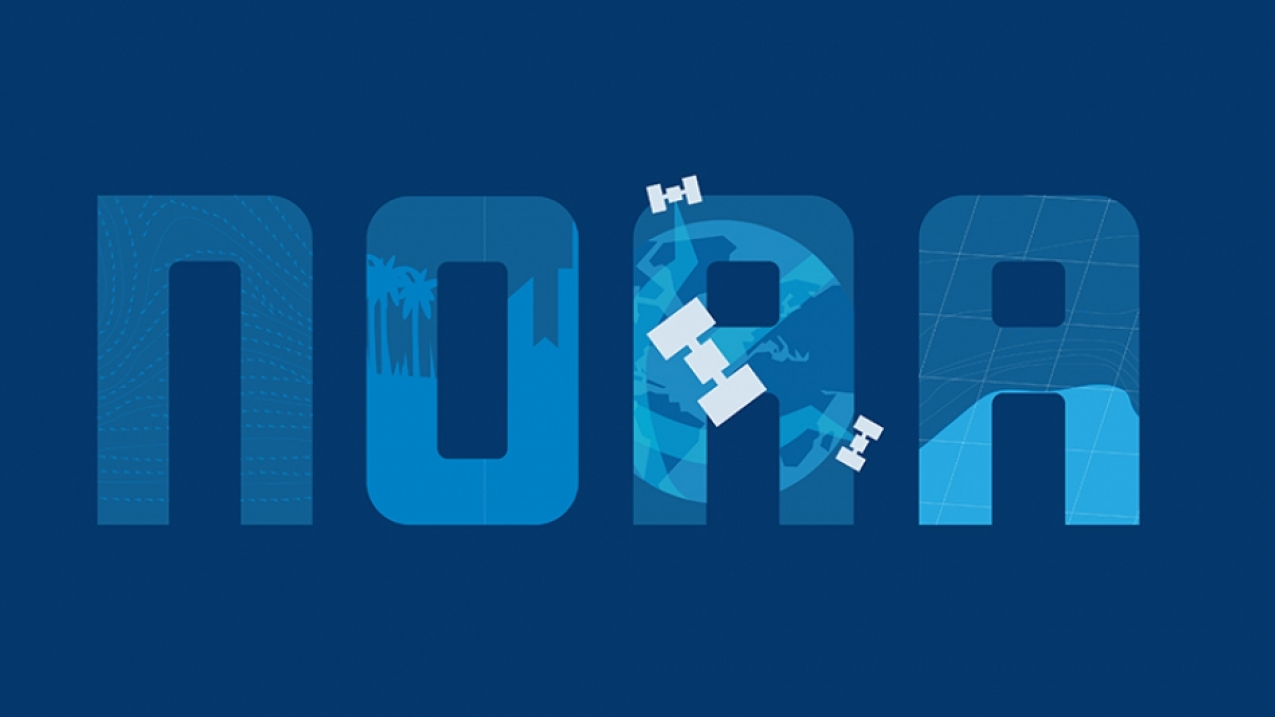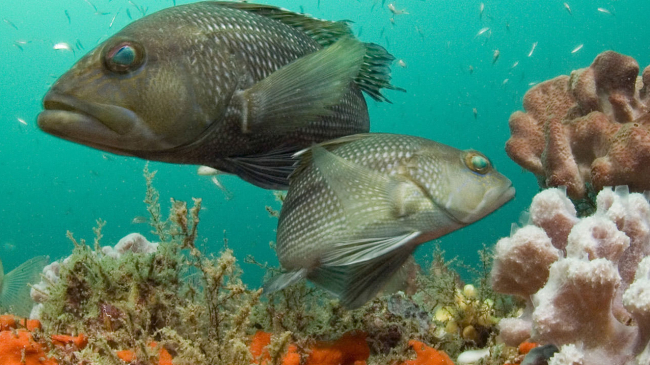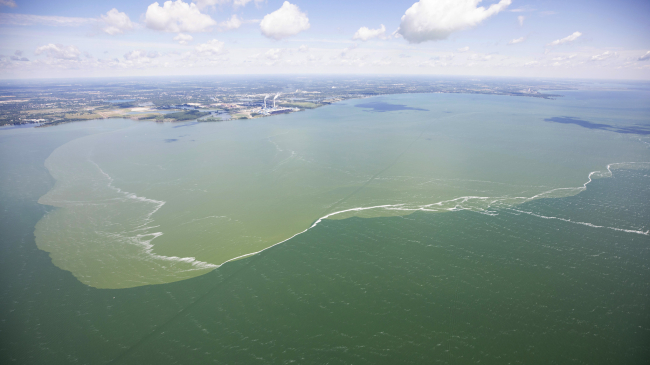Effort creates ecological baseline to improve watershed management
The pollutants measured in the sediments of Guánica Bay, Puerto Rico, in a new NOAA study were among the highest concentrations of PCBs, chlordane, chromium and nickel ever measured in the history of NOAA’s National Status & Trends, a nationwide contaminant monitoring program that began in 1986.

Welcome to noaa.gov (Image credit: NOAA)




